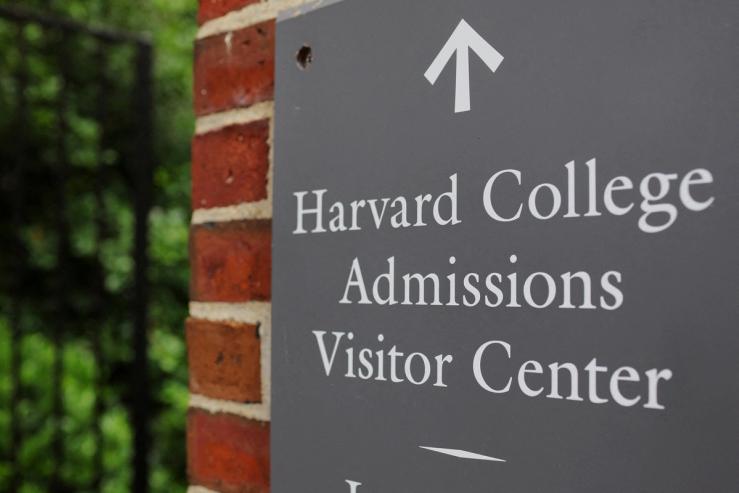The News
The U.S. Department of Education launched a civil rights investigation into Harvard’s legacy admissions on Tuesday, the New York Times first reported.
The development comes just weeks after three groups filed complaints with the Supreme Court arguing that legacy admissions favored students of wealthy families over more qualified Black, Hispanic, and Asian applicants.
We’ve curated reporting and analysis on how systemic legacy admissions are at America’s top schools, and what experts say can change.
Insights
- Students from America’s wealthiest families are overrepresented at all Ivy League schools, according to a Harvard University study. Students from families of the top 1% in the country are 34 times more likely to be admitted to Ivy Leagues compared to the average applicant with similar ACT/SAT scores. On average, 1 in every 6 students in Ivy League schools come from the top 1%.
- Donors should redirect their money to Historically Black Colleges and Universities (HBCU) if universities like Harvard aren’t willing to expand student bodies, argues lecturer Dan McKanan for the Harvard Crimson. He argues that the hyper-selective admission process has only constructed a closed-loop system of wealth that equips alumni and their children for careers in banking and consulting, ultimately “[exacerbating] economic inequality” in the U.S. since the system neglects people at the bottom of the wealth scale. Expanding the student population or creating new campuses to welcome all will help end this cycle.
- The scope of legacy admissions are too complicated to fully disappear, writes the Chicago Tribune Editorial Board. Universities crucially depend on wealthy alumni to fund scholarships for students coming from marginalized backgrounds. Moreover, getting rid of legacy admissions is a “double-whammy” for Black applicants whose parents are alumni, now that affirmative action has also been struck down by the Supreme Court.
AD


